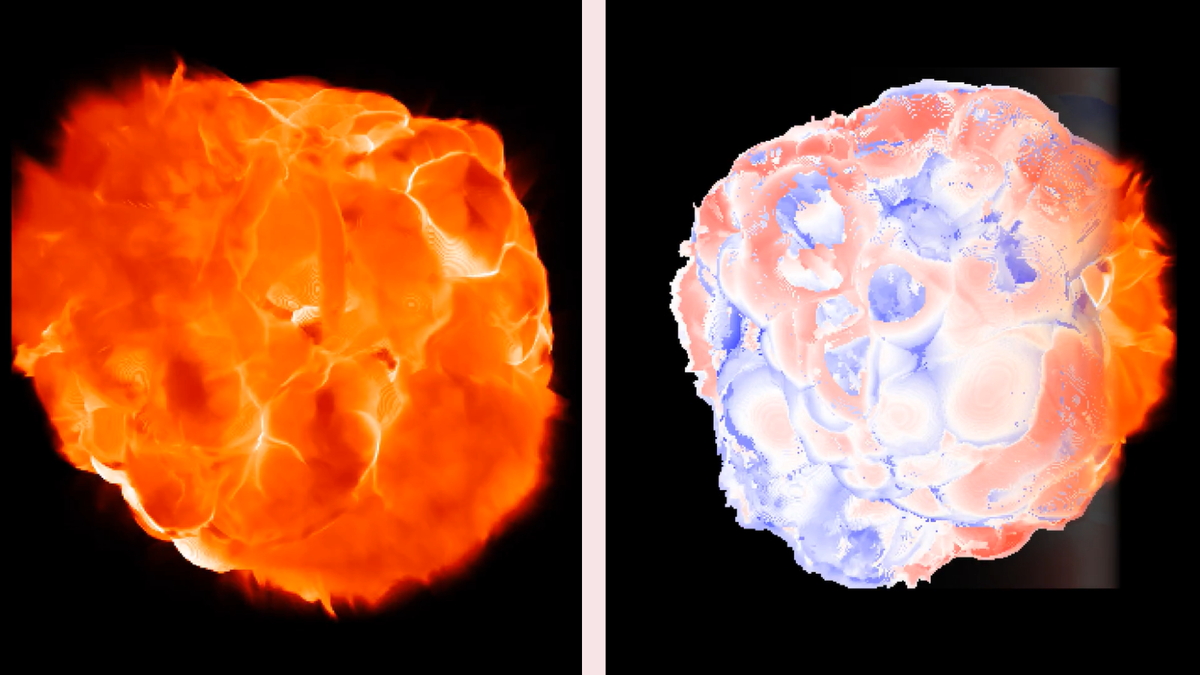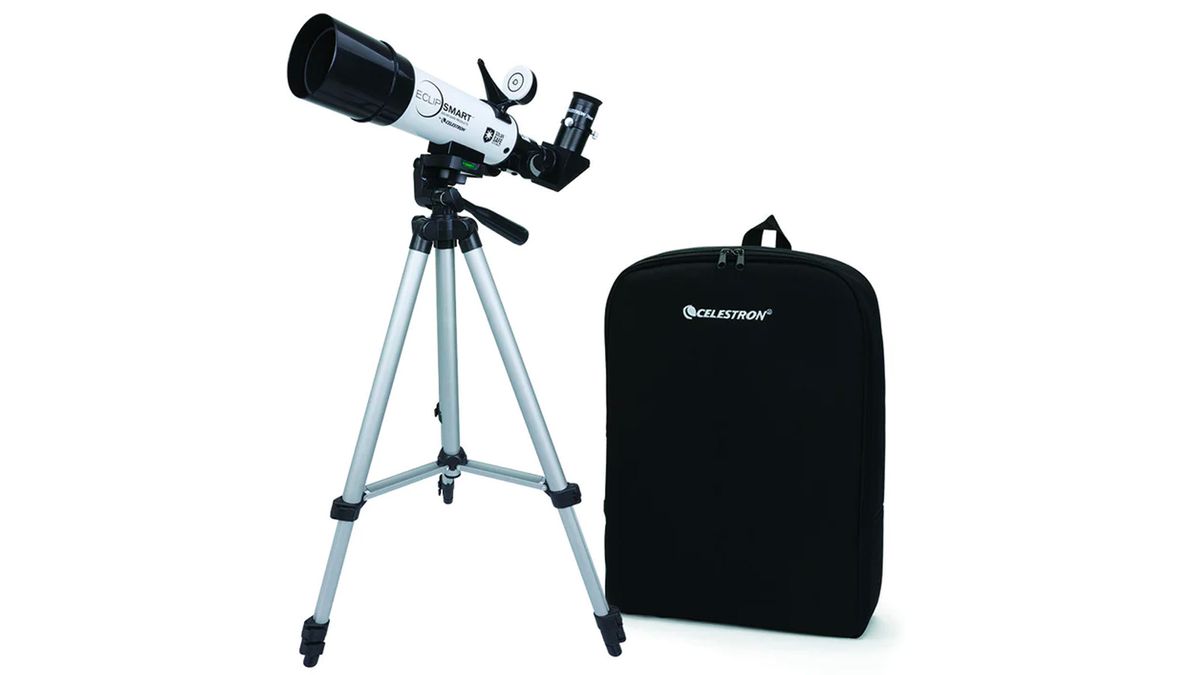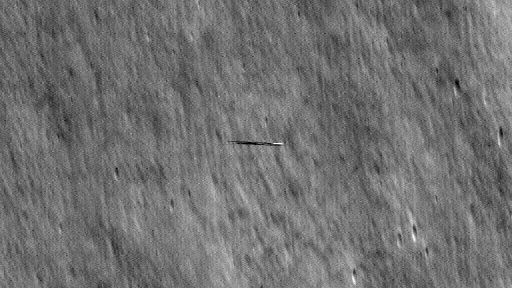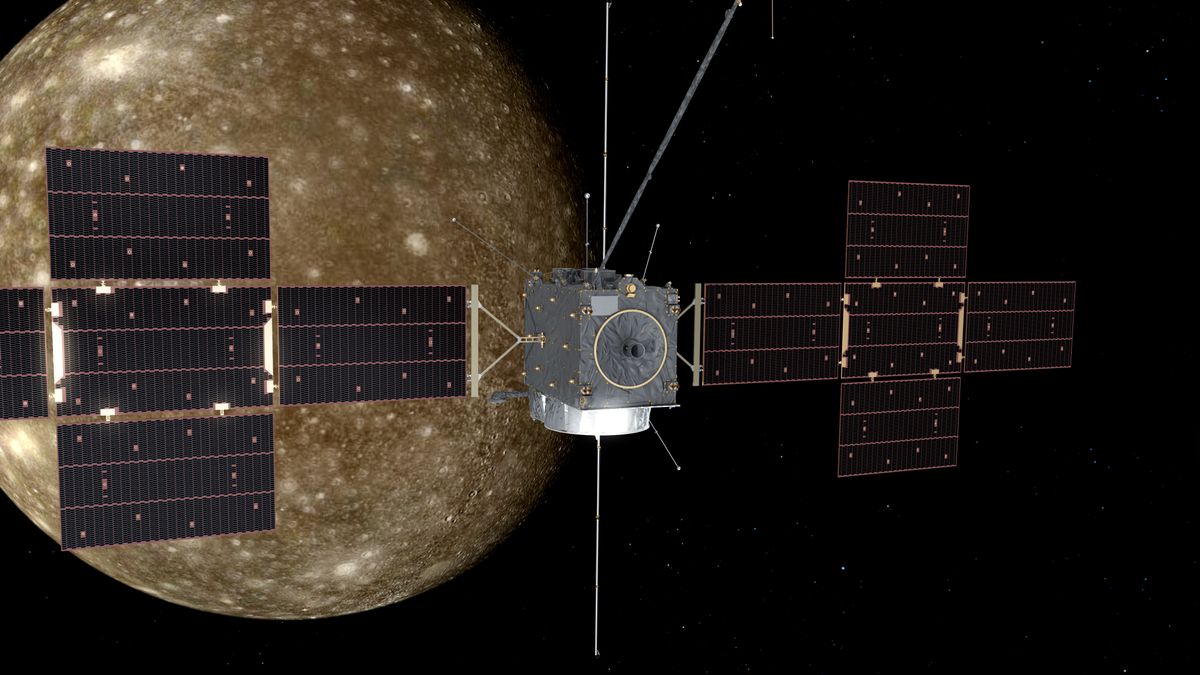Understanding the Mystery of Betelgeuse’s Rapid Rotation
Recent observations of Betelgeuse, a star located in the constellation Orion, have puzzled astronomers due to its apparent unusually high speed of rotation for a star of its size. A team of researchers from the Max Planck Institute for Astrophysics, led by Ph.D. student Jing-Ze Ma, has proposed a novel explanation for this phenomenon.
An Illusion of Rotation
The researchers suggest that the perceived rapid rotation of Betelgeuse may actually be an illusion created by the star’s turbulent and boiling surface. According to Ma and his colleagues, the violent movements and bubbling on the star’s surface could be mistakenly interpreted as rotation, even by sophisticated telescopes.
This misinterpretation could lead observers to believe that Betelgeuse, situated approximately 500 to 600 light-years away from Earth, is rotating at a speed that defies the expectations for a star of its immense size.
The Enigma of Betelgeuse
Betelgeuse is a red supergiant star that has captured scientific attention in recent years, particularly when its dimming raised speculations about a potential impending explosion. Despite being one of the most prominent stars in the Northern Hemisphere, Betelgeuse continues to surprise researchers with its peculiar characteristics.
With a diameter exceeding 620 million miles (1 billion kilometers), Betelgeuse dwarfs the sun by over 1,000 times, ranking as one of the largest stars known to humanity. Given its colossal size, Betelgeuse was expected to possess a relatively slow rotation due to the conservation of angular momentum as red giants expand during their lifecycle.
However, recent observations conducted with the Atacama Large Millimeter/submillimeter Array (ALMA) revealed that Betelgeuse is spinning at a rate of approximately 11,200 miles per hour (5 kilometers per second), significantly faster than anticipated.
The Role of Boiling Bubbles
An in-depth investigation employing ALMA demonstrated that Betelgeuse exhibits a peculiar dipolar radial velocity map, suggesting rapid rotation. The new study by Ma and his team highlights that the irregular, non-spherical surface of Betelgeuse, characterized by massive boiling bubbles larger than Earth’s orbit, could be contributing to this misconception.
By developing sophisticated computer simulations and comparing them with observed data, the researchers proposed that the boiling bubbles on Betelgeuse’s surface, driven by convection processes, could mimic the appearance of rapid rotation when observed through telescopes.
The team’s findings indicated that in the majority of simulations, Betelgeuse’s surface activity could be mistakenly interpreted as high-speed rotation, emphasizing the need for further observational data to confirm their model’s validity.
Future Investigations
The researchers plan to conduct additional observations of Betelgeuse to refine their understanding of its rotational speed and the impact of its boiling surface on observational measurements. By enhancing their computer simulations and integrating data from advanced telescopes like ALMA, the team aims to unravel the mysteries surrounding massive stars like Betelgeuse.
Ultimately, the team’s research sheds light on the complex nature of celestial bodies like Betelgeuse and underscores the importance of combining theoretical modeling with empirical data to enhance our comprehension of the universe and its enigmatic phenomena.
Their study was published in the Astrophysical Journal Letters in February.
Image/Photo credit: source url





